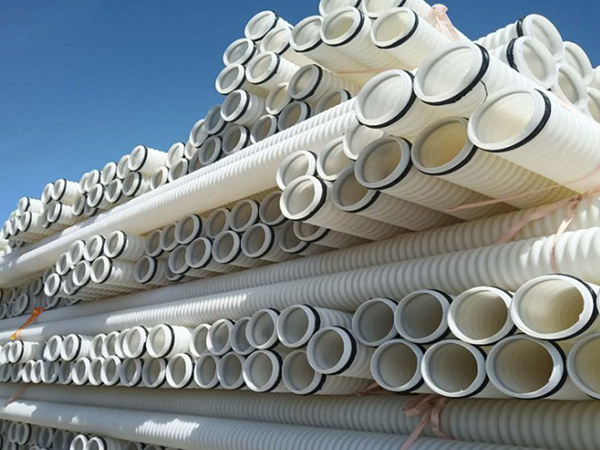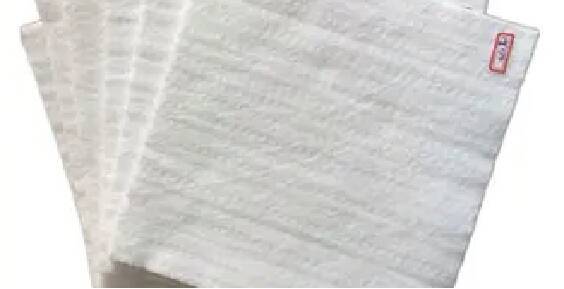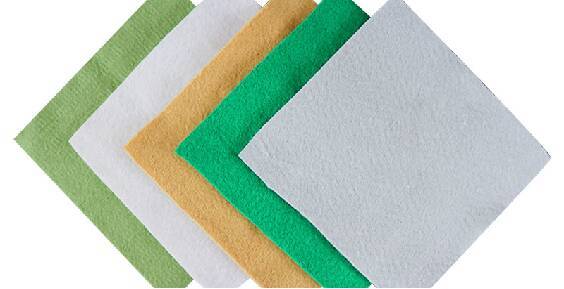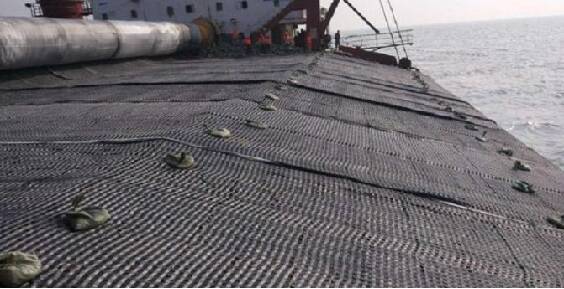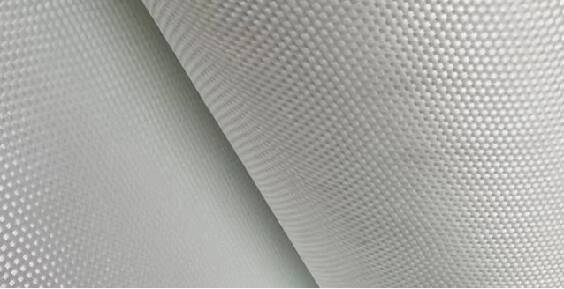Bellows
Perforated corrugated pipes are a new type of permeable drainage plastic pipe made from high-density polyethylene (HDPE) combined with other additives, featuring a distinctive corrugated exterior design. These permeable corrugated pipes are manufactured by punching holes along the grooves and then wrapping the outer surface with needle-punched geotextile fabric. Depending on the specific type of pipe, they can be categorized into single-wall and double-wall perforated corrugated pipes. Thanks to their unique design—where the perforations are strategically placed in the wave troughs and shaped as elongated slits—the product effectively addresses the common issue of clogging found in conventional flat circular-hole designs, ensuring optimal drainage performance. Moreover, the size of the perforations can vary widely—from 10mm × 1mm to 30mm × 3mm—allowing for tailored solutions based on different drainage needs. These perforations can also be evenly distributed across 360°, 270°, 180°, or 90° angles, making them highly versatile for a range of applications. This innovative product is widely used in various drainage systems, including roadways, railway subgrades, subway projects, waste disposal sites, stormwater channels, green spaces, sports fields, and slope stabilization efforts where excessive moisture poses challenges. Additionally, it plays a crucial role in agricultural and horticultural settings, serving as an essential component in underground irrigation and drainage systems. Alongside soft-type permeable pipes and plastic blind drains, perforated corrugated pipes have become three of the primary products driving China’s civil engineering projects focused on infiltration and drainage.
Keywords:
Detailed description
Product Introduction:
Perforated corrugated pipes are a new type of permeable and drainage plastic pipe made from high-density polyethylene (HDPE) combined with other additives, featuring a distinctive corrugated exterior design. These permeable corrugated pipes are manufactured by punching holes along the grooves and then wrapping the outer surface entirely with needle-punched geotextile fabric. Depending on the specific type of corrugation, they can be categorized into single-wall and double-wall permeable corrugated pipes. Thanks to their unique design—where the perforations are strategically placed in the wave troughs and shaped as elongated slits—the product effectively addresses the common issue of planar round-hole designs being prone to clogging, which can compromise drainage efficiency. Moreover, the size of the perforations can be customized to meet diverse drainage needs, ranging from 10 mm × 1 mm to 30 mm × 3 mm. Additionally, these perforations can be evenly distributed across various angles, including 360°, 270°, 180°, and 90° configurations. This innovative product finds extensive applications in critical drainage systems such as roadways, railway subgrades, subway projects, waste disposal sites, stormwater channels, green spaces, sports fields, and slope stabilization efforts where excessive moisture poses challenges. It is also widely used in agricultural and horticultural settings for underground irrigation and drainage systems. Alongside soft-type permeable pipes and plastic blind drains, this product has become one of the three primary solutions in China’s civil engineering projects for managing seepage and drainage needs.
Product features:
1. Drainage Safety: The orifices are located at the wave troughs, and thanks to the bidirectional action of the wave crests and the filtering fabric, they are less likely to become clogged, ensuring smooth operation of the permeable system.
2. Corrosion Resistance: Compared to soft-spring drainage pipes, plastic is less prone to rusting.
3. A Perfect Combination of Strength and Flexibility: The unique double-ribbed structure effectively enhances the product’s external pressure resistance, ensuring that the drainage system remains intact and functional even under external pressure.
4. Economy Version: Compared to other drainage pipes of the same specification, it comes at a lower price.
Application scope:
1. Longitudinal and transverse drainage, as well as permeability, on the highway;
2. Vertical and horizontal drainage on the back of various retaining walls and in roadside ditches along the highway;
3. Drainage of tunnels and underpasses;
4. Water and wastewater systems for municipal engineering, water treatment plants, sewage treatment plants, landfills, and more;
5. Drainage for recreational green spaces such as golf courses, sports fields, and parks;
6. Slope development and soil and water conservation on hillsides;
7. Underground drainage for land preparation work;
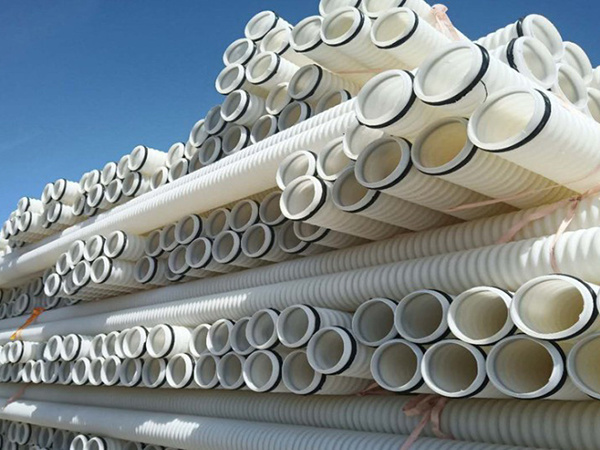
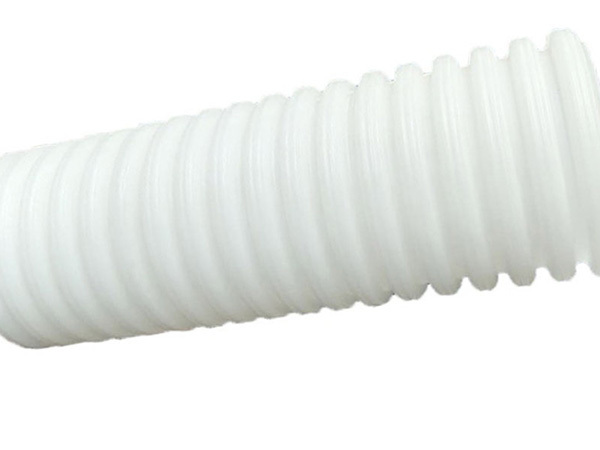
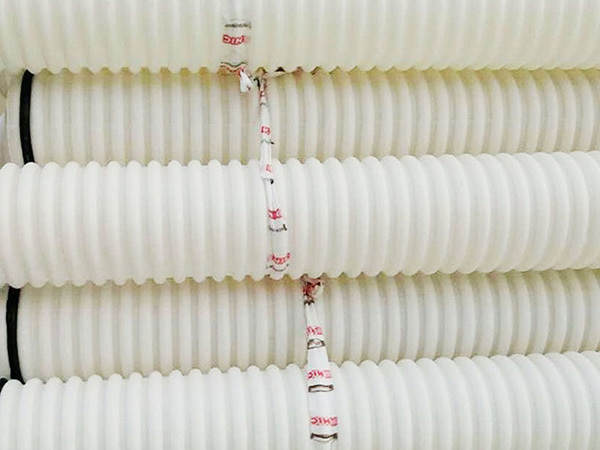
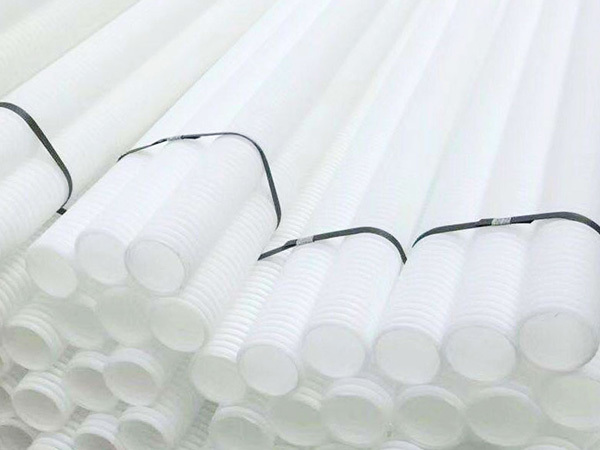
Get a product quote
We’re here to help you every step of the way! Please fill out our inquiry form, and our team will respond promptly.
Recommended Products
Strong technological capabilities and robust R&D expertise
Laminate Film Machine-Woven Fabric



